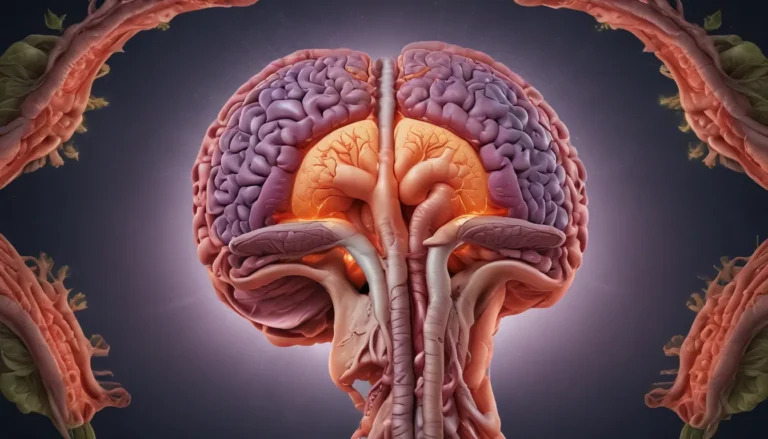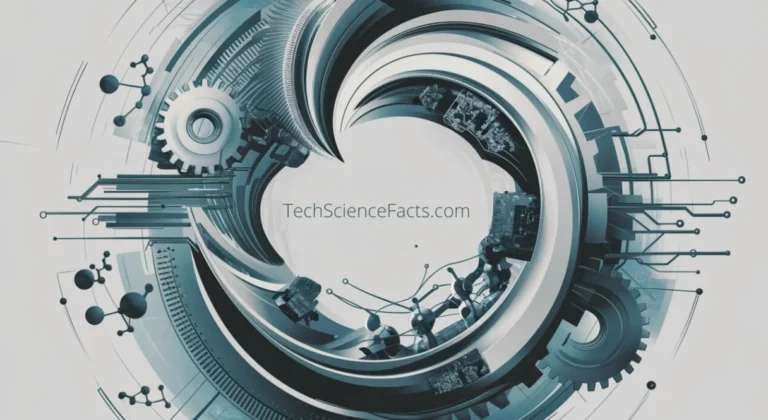A Note About Images: The images used in our articles are for illustration purposes only and may not exactly match the content. They are meant to engage readers, but the text should be relied upon for accurate information.
Welcome to the captivating world of transgenic organisms, where science meets innovation to create new and unique characteristics. Transgenic organisms, also known as genetically modified organisms (GMOs), have been a subject of fascination and debate within the scientific community and beyond. These organisms are the result of genetic mix-and-match, where genes from different species are combined to generate exciting possibilities in various industries.
The Intriguing Concept of Transgenic Organisms
Transgenic organisms are like enigmatic puzzles, where genes from one species are seamlessly integrated into the genetic makeup of another. This cross-species genetic manipulation allows scientists to transfer desired traits or characteristics, leading to remarkable results. From disease-resistant crops to animals for medical research, transgenic organisms have revolutionized agriculture and biotechnology.
The Revolutionary Impact of Transgenic Crops
One of the most significant contributions of transgenic organisms is the development of genetically modified crops. These crops, such as corn and soybeans, are engineered to be resistant to pests, diseases, and herbicides. As a result, farmers experience increased yields, reduced crop losses, and improved agricultural practices. The advent of transgenic crops has truly transformed the landscape of modern agriculture.
Transgenic Organisms in Biomedical Research
In the realm of medical research, transgenic animals play a pivotal role in advancing scientific knowledge. Animals like mice and pigs are genetically modified to study disease development, test new drugs, and explore potential treatment options. Through genetic engineering, scientists can delve deeper into understanding complex diseases and developing innovative therapies.
Environmental Concerns and Bioremediation
While transgenic organisms offer exciting possibilities, there are concerns regarding their environmental impact. The risk of genetically modified organisms outcompeting native species, disrupting ecosystems, or transferring modified genes to wild populations is a subject of ongoing debate. However, transgenic organisms also hold potential in bioremediation, where they can be engineered to clean up environmental pollutants and contaminated sites.
The Promise of Disease Resistance
Genetic engineering has paved the way for developing transgenic organisms with enhanced disease resistance. This advancement has significant implications in combating agricultural diseases and reducing the dependence on chemical pesticides. By creating disease-resistant organisms, we can explore sustainable solutions to protect crops and ensure food security.
Ethical Considerations in Genetic Manipulation
The creation and utilization of transgenic organisms raise ethical questions related to animal welfare, environmental impact, and the long-term consequences of genetic manipulation. As we delve deeper into the world of genetic engineering, it is essential to approach these advancements with caution and ethical considerations. Balancing the potential benefits of transgenic organisms with their ethical implications is crucial for responsible innovation.
Exploring the Future of Transgenic Organisms
The field of transgenic organisms is dynamic and ever-evolving, with ongoing research exploring new frontiers in biotechnology. From potential breakthroughs in medicine to innovative solutions for global challenges, transgenic organisms offer a glimpse into the future of scientific discovery. As we push the boundaries of genetic engineering, we must continue to prioritize ethical considerations and responsible innovation.
FAQs: Your Guide to Transgenic Organisms
-
What are transgenic organisms?
Transgenic organisms are living organisms that have been genetically modified by introducing genes from another species or altering their own genes to express desired traits. -
How are transgenic organisms created?
Transgenic organisms are created using techniques such as gene splicing, where specific DNA sequences from one organism are inserted into the genetic material of another organism. -
What are the potential benefits of transgenic organisms?
Transgenic organisms have the potential to increase crop yields, enhance nutritional content, and produce valuable pharmaceutical substances. -
Are there any risks associated with transgenic organisms?
There can be risks associated with the introduction of transgenic organisms into the environment, including unintended ecological consequences and the potential for gene flow to wild populations. -
Are transgenic organisms safe to consume?
Extensive testing is conducted to ensure the safety of transgenic organisms before they are approved for consumption. Regulatory authorities carefully evaluate any potential risks and monitor the effects of consuming these organisms. -
What are the ethical concerns surrounding transgenic organisms?
Ethical concerns include the potential for exploitation, the impact on biodiversity, and the implications of releasing genetically modified organisms into the environment without a full understanding of the long-term consequences. -
Are transgenic organisms regulated?
Yes, transgenic organisms are subject to stringent regulations and oversight by regulatory bodies to ensure safety and ethical considerations are addressed. -
How are transgenic organisms used in medicine?
Transgenic organisms are utilized to produce pharmaceuticals, such as insulin and vaccines, by introducing genes that allow them to synthesize these substances.
Immerse yourself in the captivating world of transgenic organisms, where science, innovation, and ethics intersect to shape our future. As we unravel the mysteries of genetic engineering, let’s explore the endless possibilities and challenges that lie ahead. Join us on this enlightening journey of discovery and knowledge, as we navigate the realm of transgenic organisms with curiosity and responsibility.






